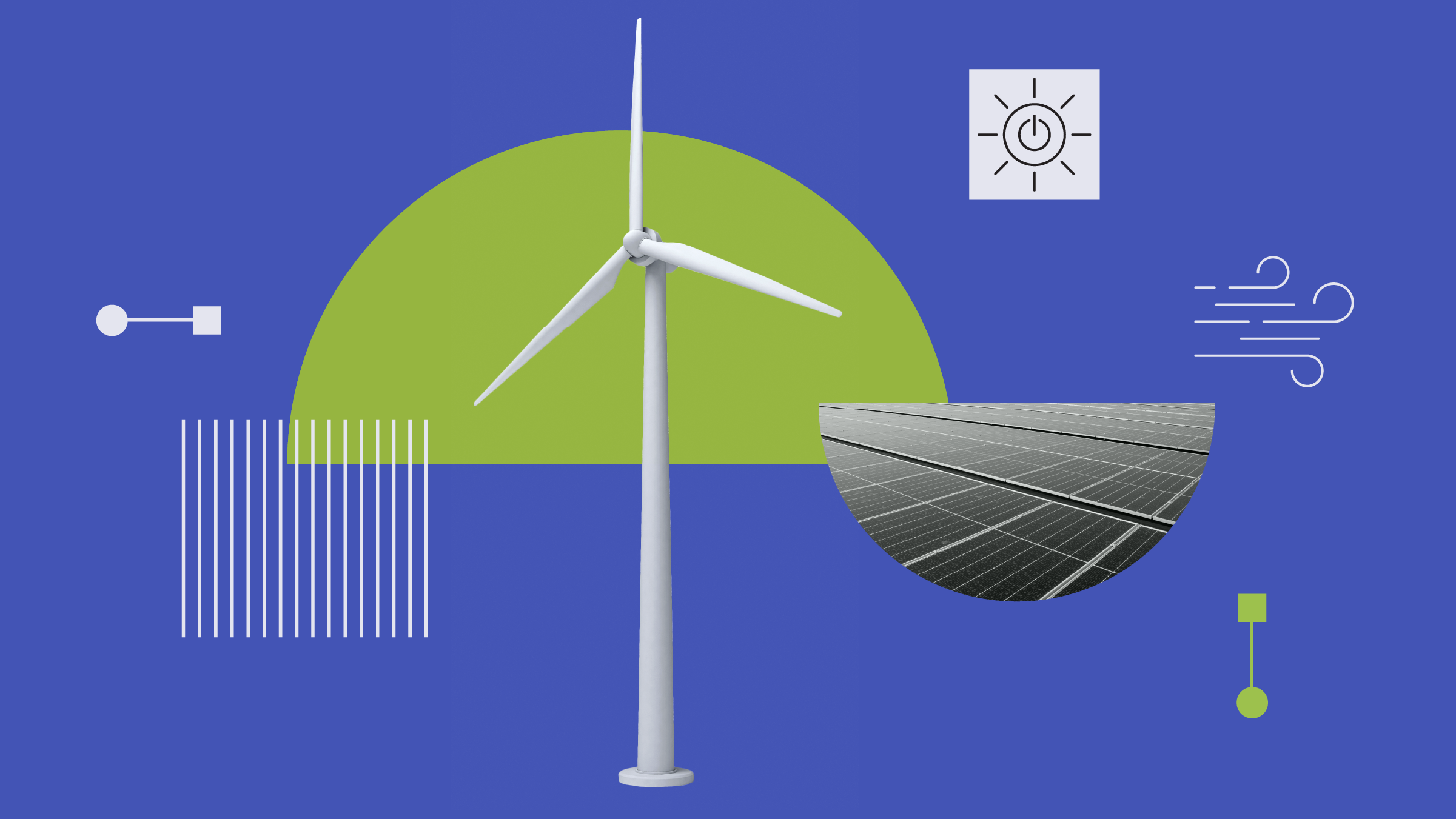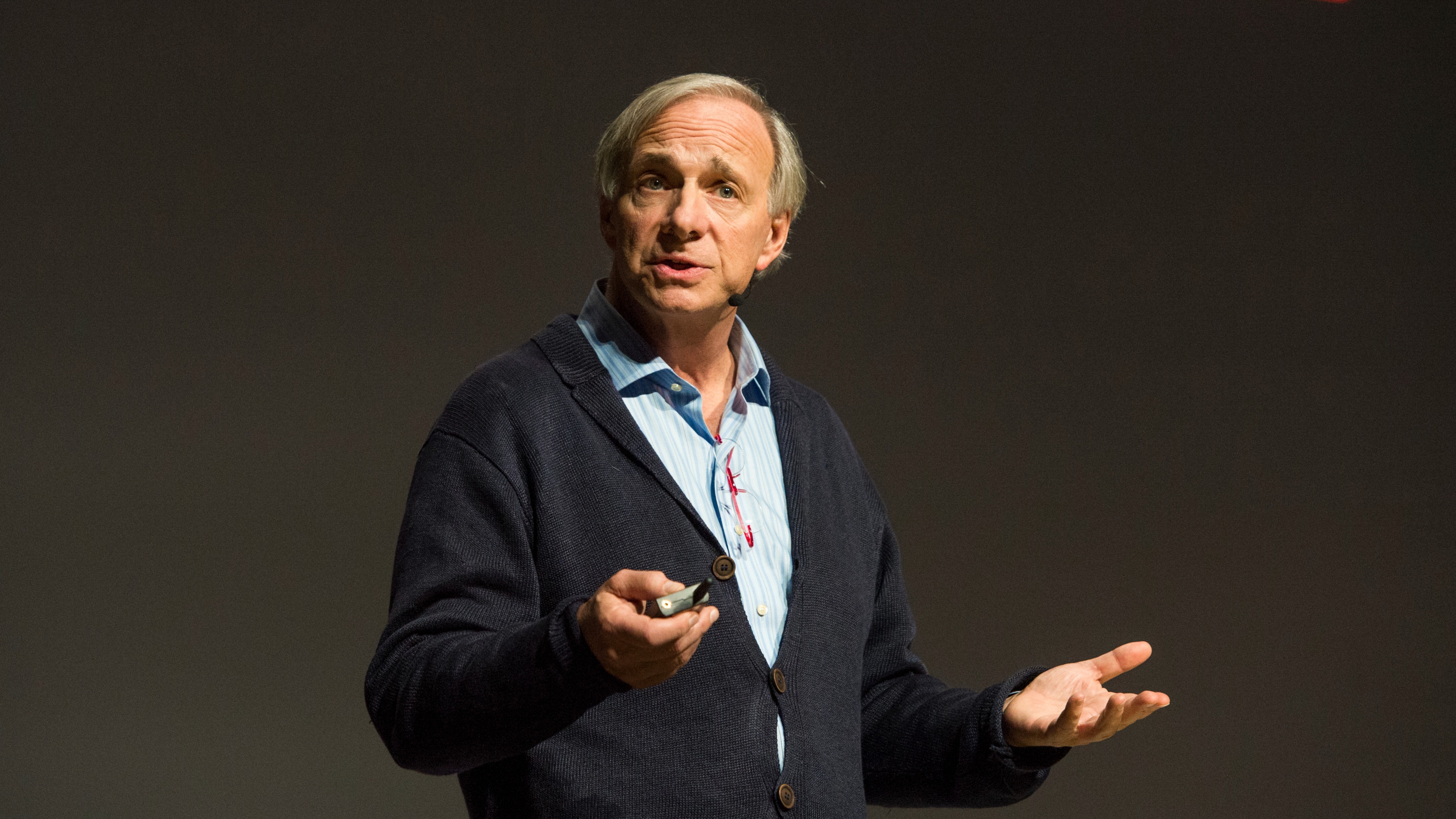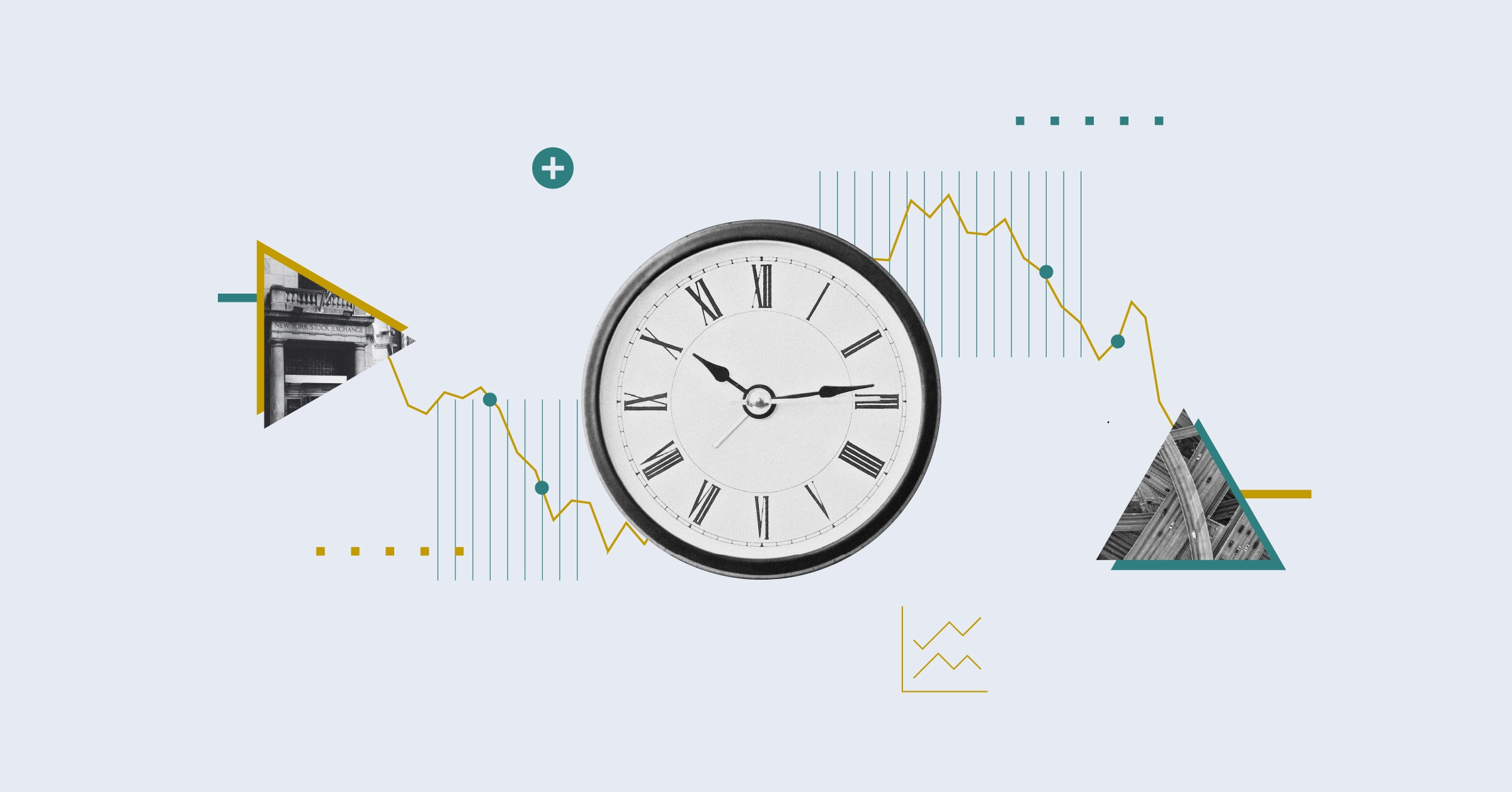Bond rates are at an all time low. For the past 30 years yields have been falling, but this long term trend is due a reversal.

The declining yield trend is over. Total performance is what matters now

It is looking increasingly likely that 2014 will be the year that the bond market goes into reverse. For the past thirty years we have been in a bond bull market; declining yields have meant rising prices.
The rally has gone on so long that almost every bond fund manager practising today has no experience of any other market. All these professional investors have as much experience investing in a bond bear market as any layman.
Forecasters are divided as to when yields will rise - and how steep the curve will be - but they are in agreement that the tide has turned.
Economist Frédéric Leroux, of European asset manager Carmignac Gestion said that for the first time in most bond investors’ lives they will have to focus on total returns.
“The declining yield trend is over,” he said at a press conference in Paris this week. “Total performance is what matters now – a policy that few bond fund managers will have implemented before. They will have to improvise a complete change in their investment style. Rates rising is a new phenomenon.”
The yield on a 10 year US Treasury bond fell from 16% in the early Eighties to less than 2% in 2012. But this trend has already started to reverse, rising to around 3% today. It might not seem much, but that one percentage point rise is a 50% increase in less than two years.
Leroux is not alone in his predictions. Michael Hasenstab, portfolio manager for the ![]() Silver rated Templeton Global Bond fund said the current low levels of interest rates and the likelihood of facing a rising-rate environment were central to the team’s near-term outlook.
Silver rated Templeton Global Bond fund said the current low levels of interest rates and the likelihood of facing a rising-rate environment were central to the team’s near-term outlook.
“When the Fed does end its bond purchases, we believe the interest-rate differential will likely be in favour of emerging markets with high growth and inflation dynamics that should dictate higher interest rates than those in the United States,” he said.
Bond investors need to be more selective about the type of issues they choose for their portfolio.
“In the past all you needed was exposure because the whole market was moving up,” said Fraser Lundie, manager of the Hermes Global High Yield fund. “Now you need to be selective about the bonds’ quality and duration.”































